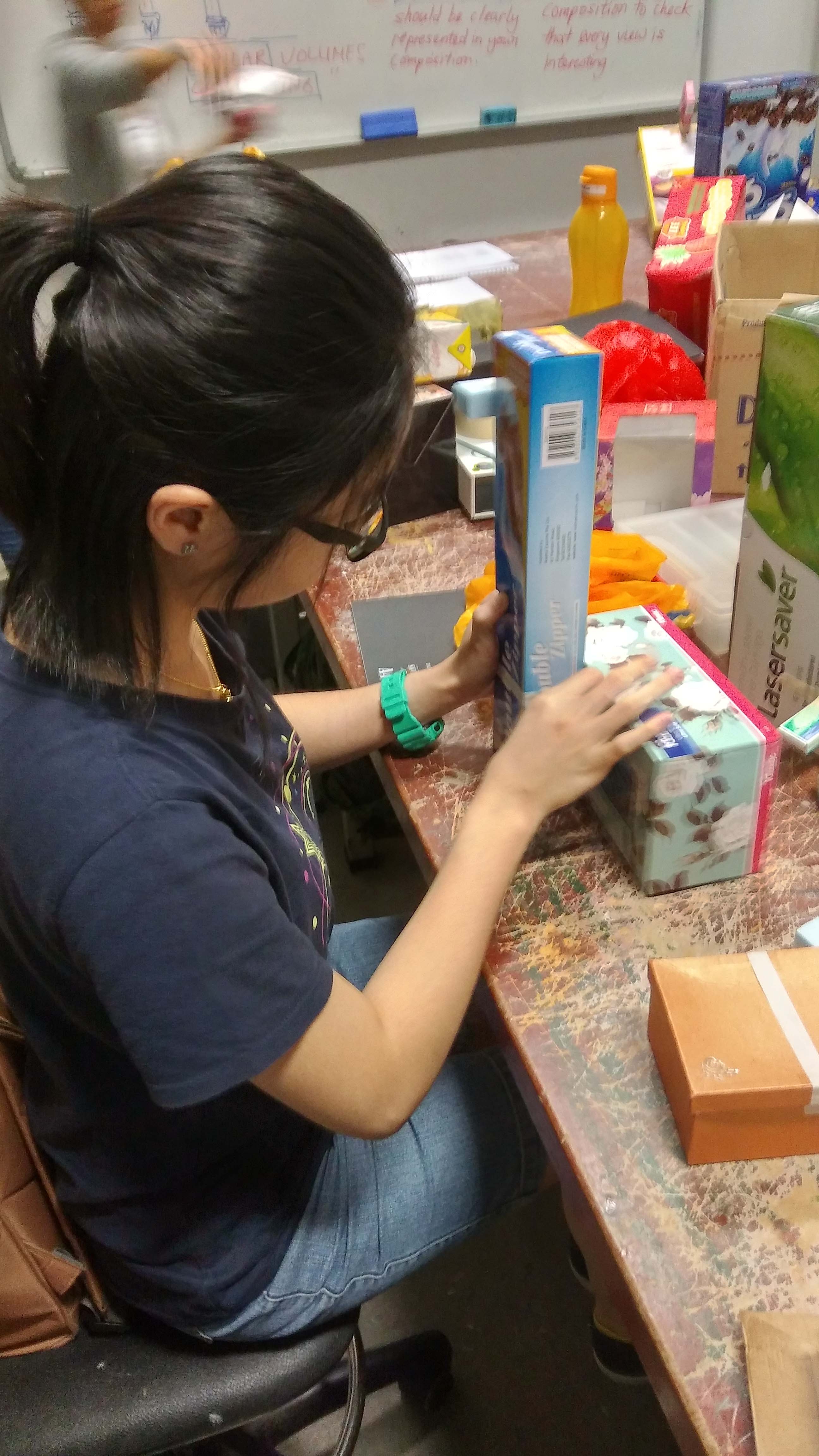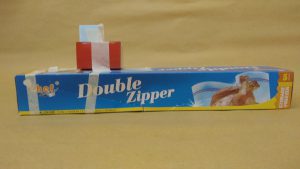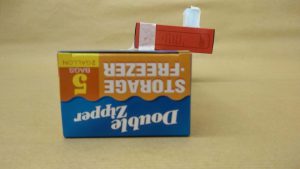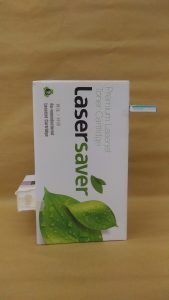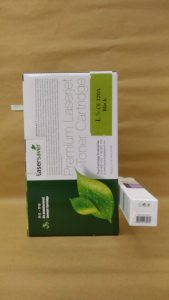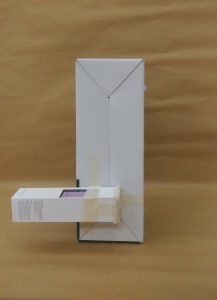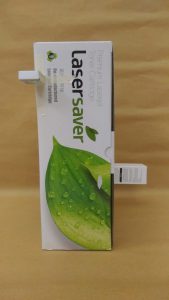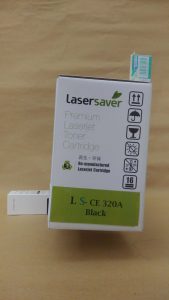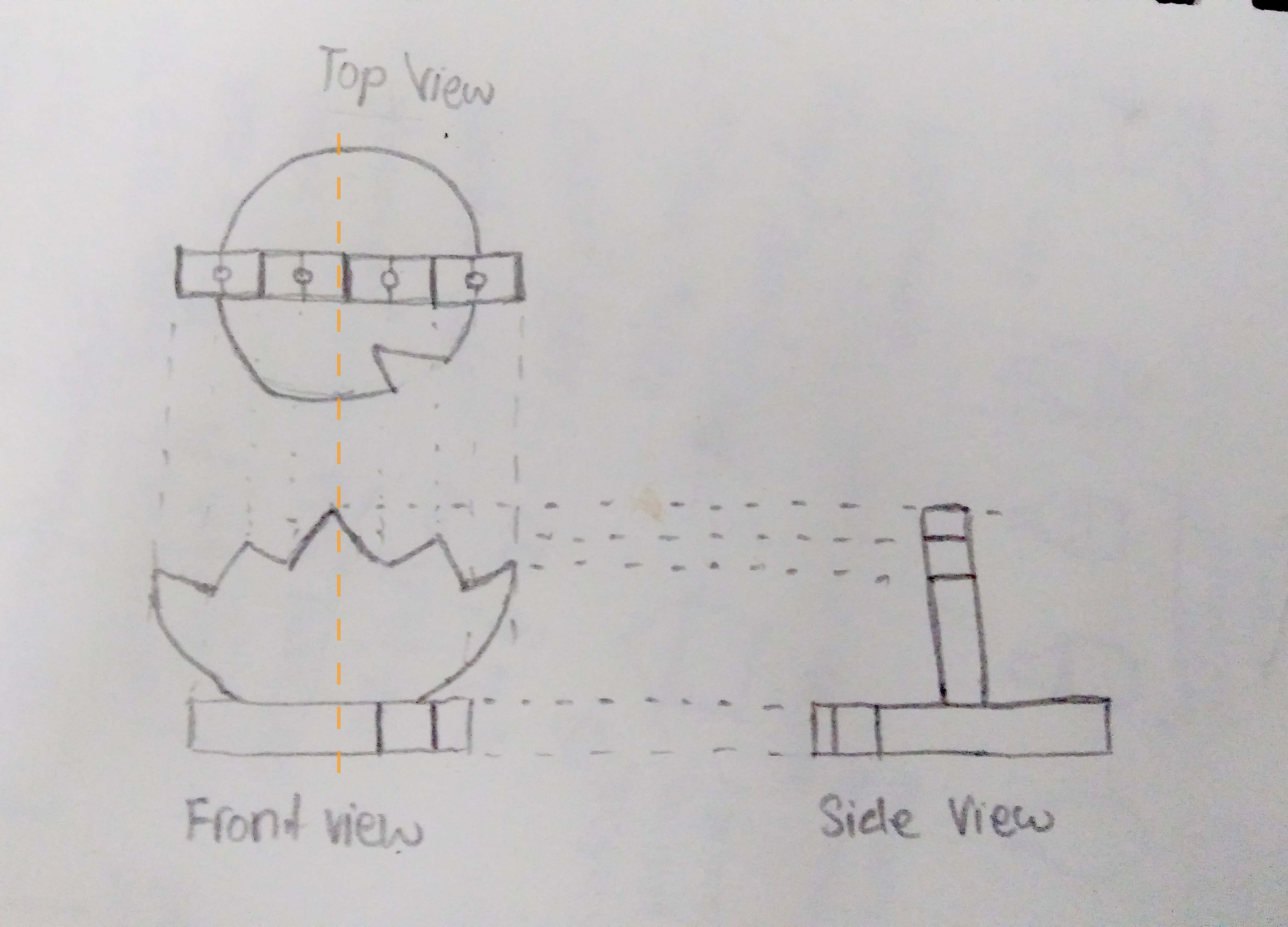Process Model 3:
This is an improved version of process model 2. Following the comments from the previous session, I changed the dimensions of the Sub-dominant from a tall cuboid to a thin rectangle. I also tried to make it 1/3 the size of the Dominant; the ideal size. But turns out an exact 1/3 is not as aesthetic as I expected. A 1/3>x<1/2 would be more appealing.
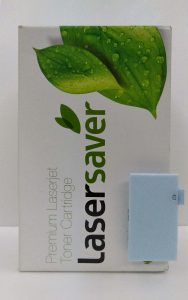
Both the Sub-dominant and Sub-ordinate are placed at the 1/3 of the Dominant. The Sub-dominant being close the the bottom also creates some tension.

Having the Sub-dominant and Sub-ordinate jut out the side of the Dominant allows them to be visible from the back. A sneak peek of the Sub-dominant and Sub-ordinate raises curiosity and wonder. (the Zing factor)
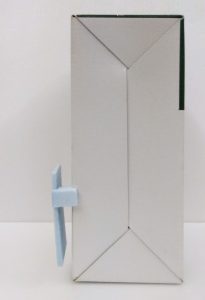
Then when you view it from the side, you realize how the whole thing is being connected and how the Sub-dominant is being held up.
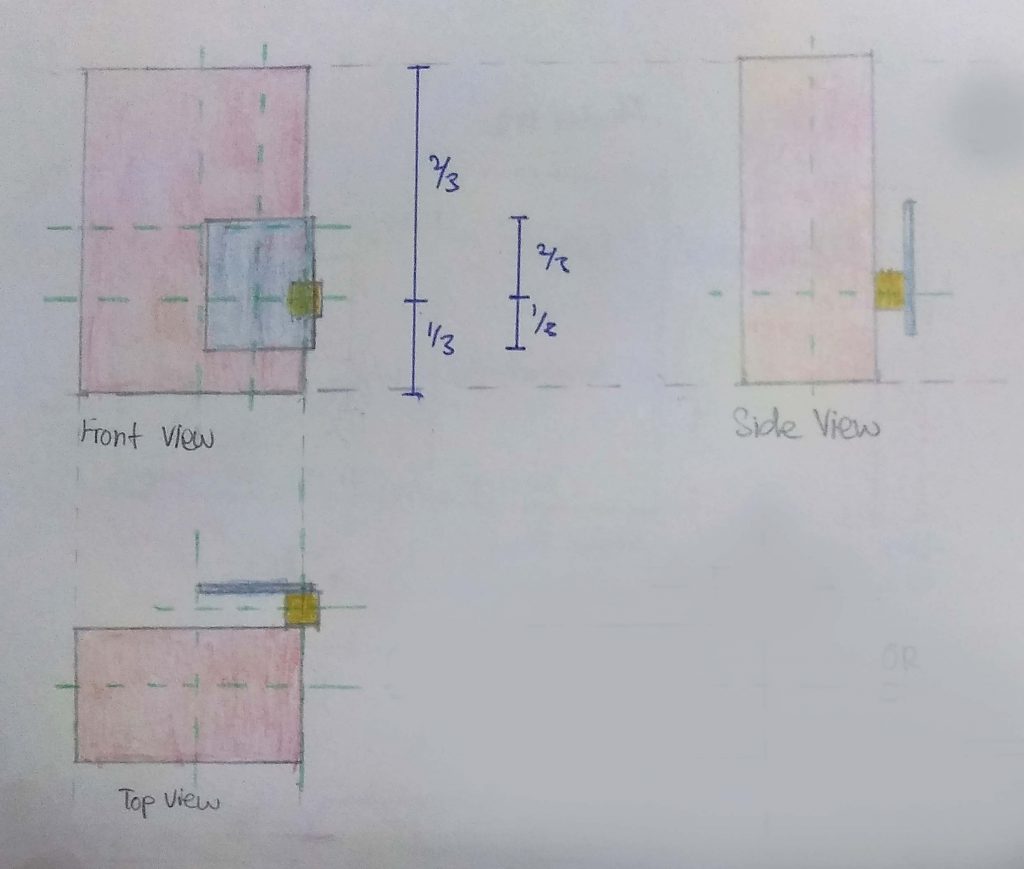
Process model 4 (Chosen):
In this iteration, I was going for the same concept as the previous model (process model 3) – aiming to raise curiosity and wonder from a certain view. This time from the front.
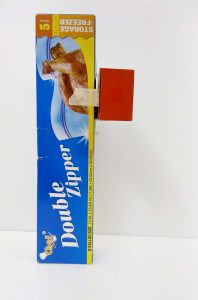
A tiny gap between the Dominant and Sub-dominant is intended. The suspension of the Sub-dominant makes the viewer wonder “How?”.
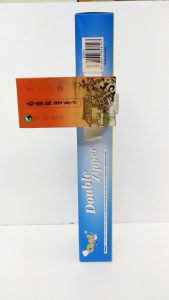
Seeing the Sub-ordinate peeking out from the side; you think “Oh! What’s this?!”. It makes you want to find out more.
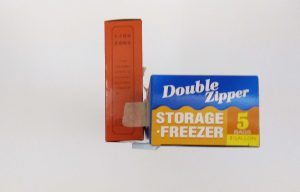
Then when you turn to another angle you get your answer. The Dominant and Sub-dominant is connected by the Sub-ordinate.
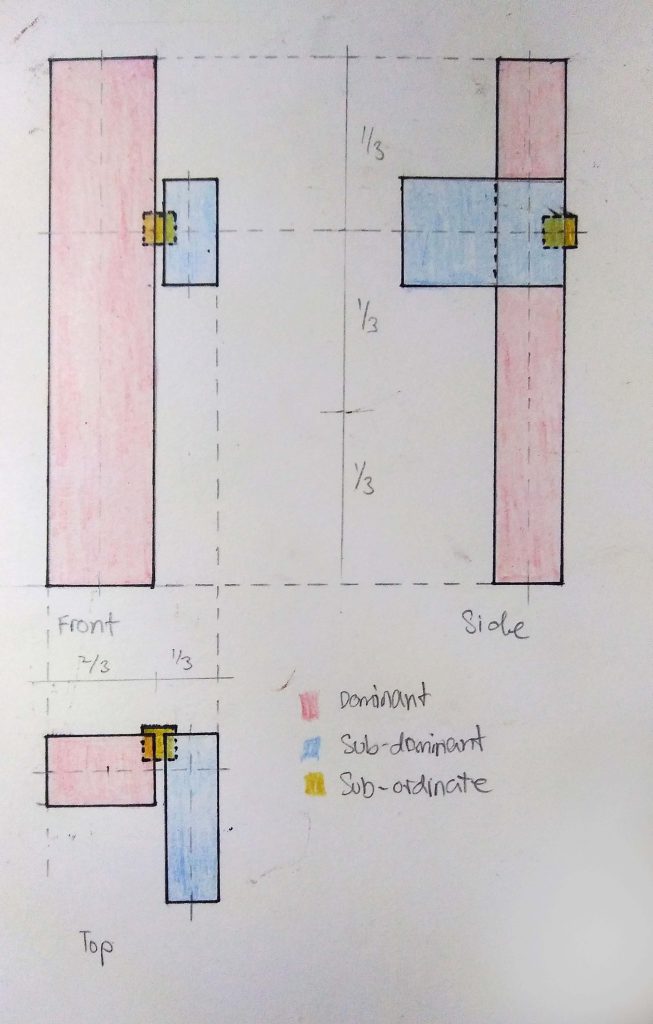
Materials:
I decided to use materials of different weight to display the Zing effect.
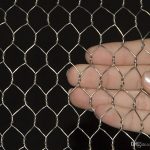
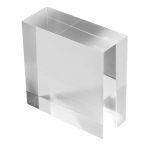

The Dominant will be a volume made of frames versus the Sub-dominant made of solid opaque material; makes one question “How?”. Then the Sub-ordinate will be made transparent to make the Sub-dominant seem as if it is really floating.
